With the last update to the iPad Air line over two years ago, how does Apple's new 2017 iPad compare to its predecessors? AppleInsider takes a look at the three statistically, to see how they stack up.
As we discussed yesterday, the new iPad is a compelling, inexpensive upgrade for users of the iPad 4 and earlier which comprises 30 percent of the existing user base. However, the iPad Air and Air 2 owners hold a commanding 35 percent of iPad users who may be looking at the new iPad as well.
How do those models stack up with the new 2017 iPad?
Big general gap between the iPad Air, less so for the iPad Air 2
It's been a while since the last iPad releases in the Air family.
Since the iPad Air, 802.11ac wireless is more prevalent with enthusiasts, if not for all "regular" home users. For Air users, that's a big plus but less so if your network infrastructure doesn't support it yet.
Not in our chart is an improvement in the camera from the Air to the 2017 iPad. The iPad Air has a 5MP rear-shooter, improved to an 8MP camera in the Air 2 and new iPad — but please don't be that person who holds up your iPad at a concert or other venue to capture it on video.
We've already touched upon the return to the iPad Air's size and weight — the Air 2 is thinner than the 2017 iPad, but has a smaller battery. How much of a difference the difference in battery and a shift from three cores to two in the new iPad will have on use time remains to be seen. AppleInsider will evaluate the difference when we can get our hands on one.
Real-world performance
The improved specs lead up to better performance — with notable improvements from the iPad Air, and even some from the iPad Air 2.
It's never been quite clear how much of the iPad's day-to-day use implements symmetrical multiprocessing — this probably depends greatly on the app in question. The new iPad has the best single-core performance out of the iPads we're comparing today, with a comparable multi-core performance to the three-core iPad Air 2.
There is a notable caveat — the benchmarks we've listed in the chart are pulled from the iPhone SE which has an A9 processor running at 1.8 GHz. The 2017 iPad is said to run at 1.85 Ghz, so we're not expecting a major difference from that, but there may be other factors involved. We'll update the chart accordingly when we can get a reliable benchmark running on the hardware itself.
Repairability seems better on the 2017 iPad than on the iPad Air 2
The iPad Air has in essence the same display as the iPad 3 and 4 — a multitouch display with LED backlighting, and a scratch-resistant coating with a glass cover. The iPad Air 2 moved to a fully laminated display with an additional anti-reflective coating.
The 2017 iPad as gone back to the older display construction, with a discrete glass panel, and LED display. In theory, this should allow for easier repairability of the newer iPad, as the entire display assembly doesn't have to get removed to fix a crack in the glass.
As the display isn't completely laminated, the Touch ID sensor should be discrete as well — but confirmation of this will require a teardown.
The new iPad is a less obvious choice for any iPad Air user than for those with older iPads
Unless Tim Cook or somebody else at Apple uncharacteristically spills the beans on the thought process behind the new iPad, the rest of us can only guess about intent. At first glance for the consumer, it appears to be a way for Apple to differentiate between the non-Pro and pro lines, and give a compelling upgrade option to the about 1/3 of the user base on non-Air iPads.
As an education model, the lower price will allow for lower pricing for schools of all stripes. The non-laminated screen makes repairs a bit less arduous, and may allow for discrete Touch ID module replacement — but on this, we'll see with time.
The price is hard to argue with. For $329 on March 24 buyers can get the new iPad, with all it entails. Prior to its unveiling, the very similar iPad Air 2 cost $399.
The 2017 iPad revision excels in some aspects, and is a bit behind in others compared to the iPad Air 2 — but the choice to buy or not isn't so cut-and-dried for iPad Air owners. At this point, iPad Air users have seen a pretty decent return on investment — but the replacement cycle for iPads is more like for computers, so it may not feel like time to upgrade just yet.
How well the new iPad will sell to the iPad Air crowd and the education market remains to be seen. There wasn't a large jump of users from the "flagship" iPhone line to the similarly positioned iPhone SE. However, since there's not a dramatic difference in any regard between the iPad Air 2 and the new iPad, there's no real reason for iPad Air 2 owners to jump to the new model.
 Mike Wuerthele
Mike Wuerthele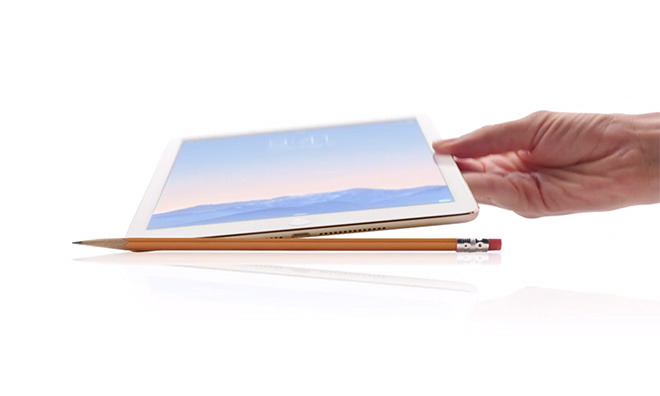
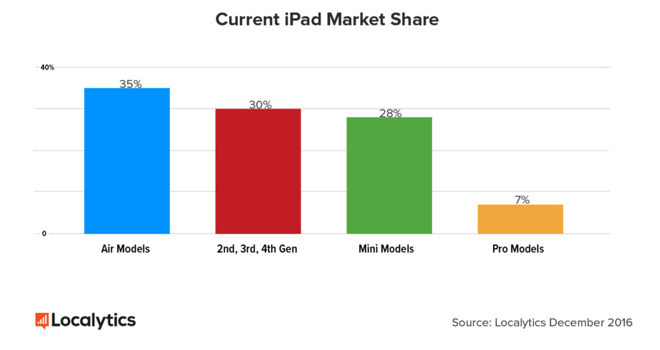

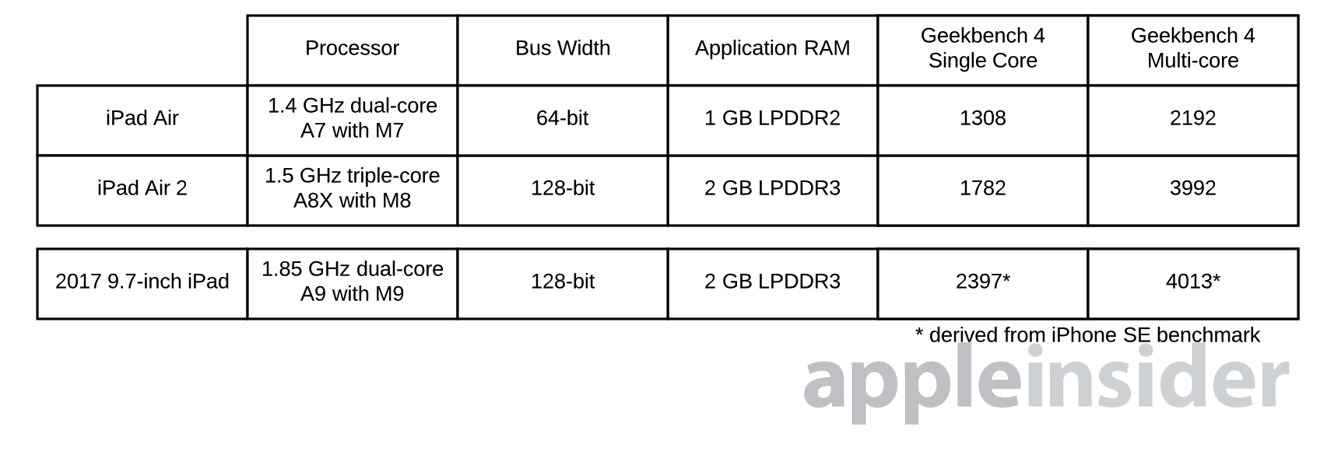
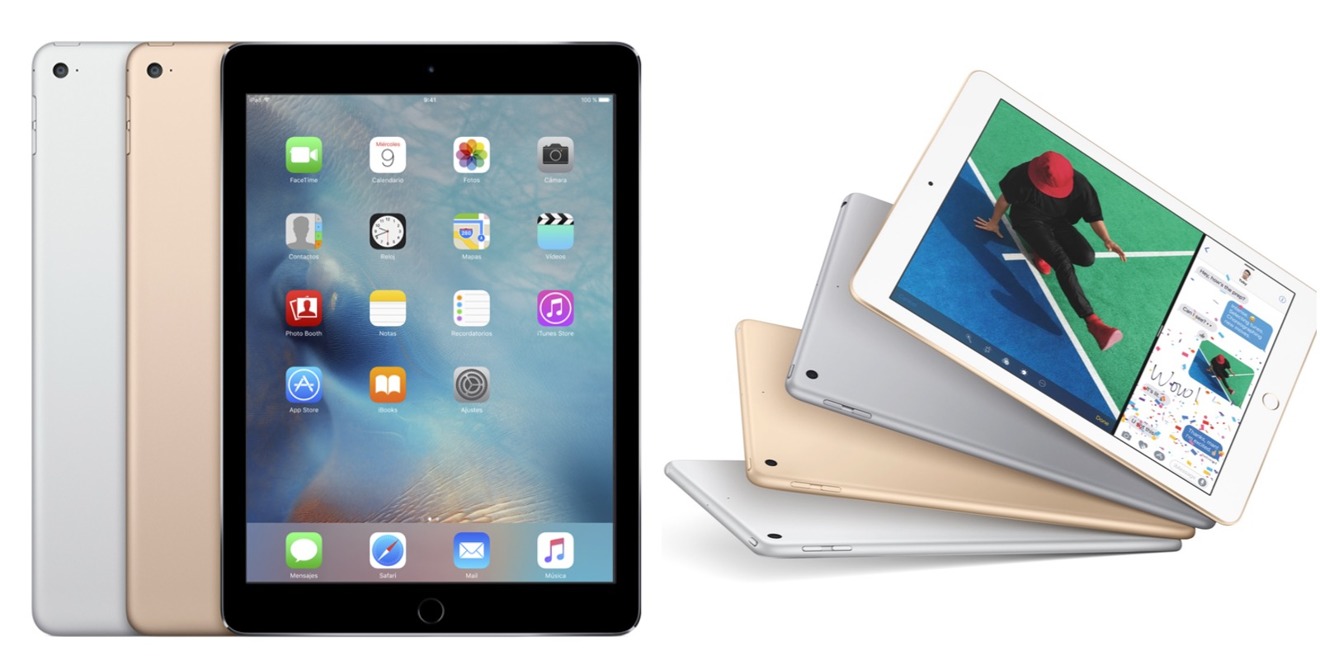

-m.jpg)





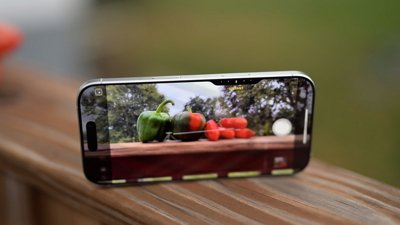
 Andrew O'Hara
Andrew O'Hara
 Wesley Hilliard
Wesley Hilliard

 Malcolm Owen
Malcolm Owen
 Marko Zivkovic
Marko Zivkovic

 Chip Loder
Chip Loder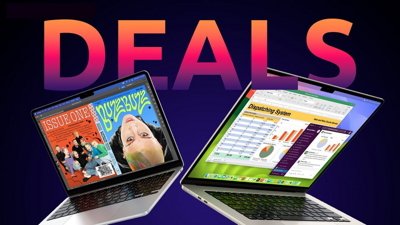
 Christine McKee
Christine McKee




-m.jpg)




32 Comments
I'll be purchasing one shortly after release, I still have the iPad 2 and while it runs okay (considering its age) it's time for an upgrade. I know Apple is holding an event during April but since I only use the iPad for multimedia, I don't think I'll be missing much.
Will wait for reviews to confirm the 2GB ram and how much a difference the increased battery capacity makes on the new processor. If it does indeed have 2GB ram and more than 10 hours battery then i may finally upgrade from my iPad 2 lol.
Interesting that in a previous article there were some posts that the mini was a low volume player. I agree that margins could be a concern but according to the data above the mini represents 30% of iPad volume...